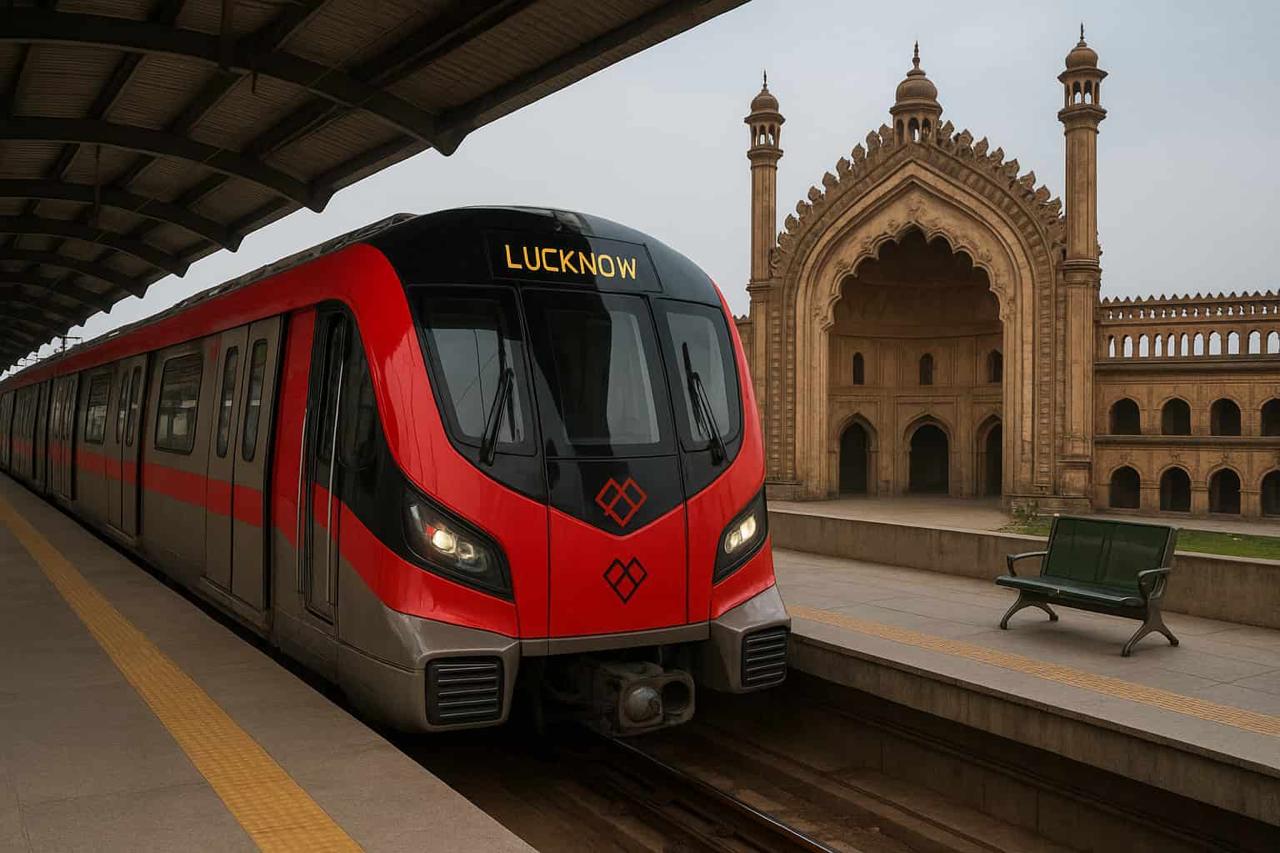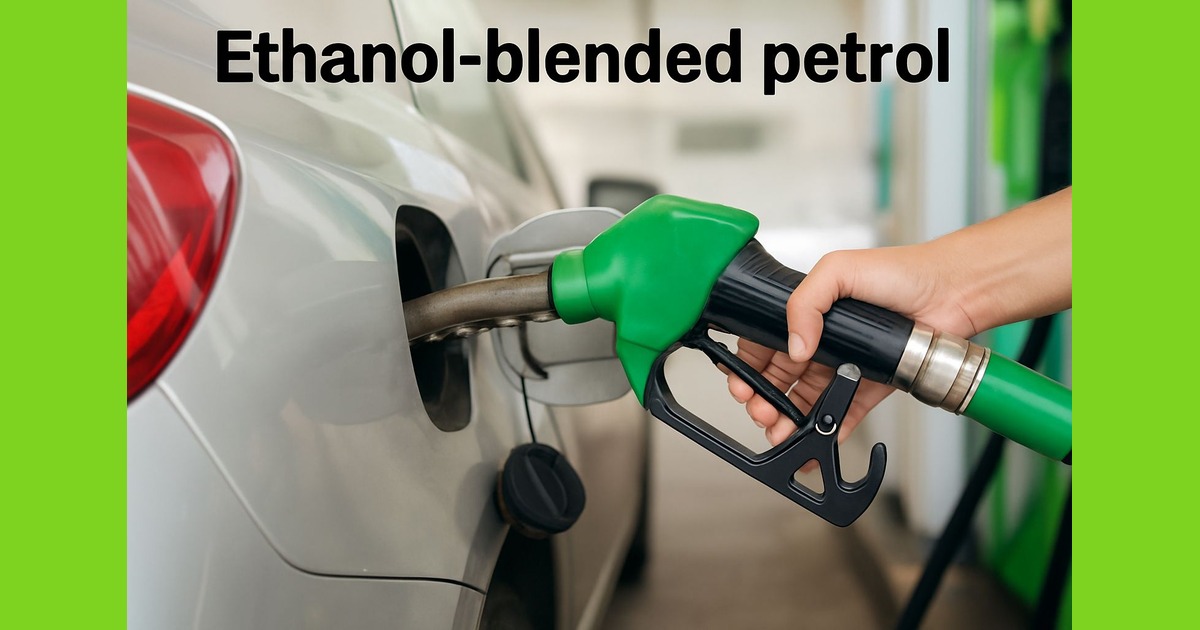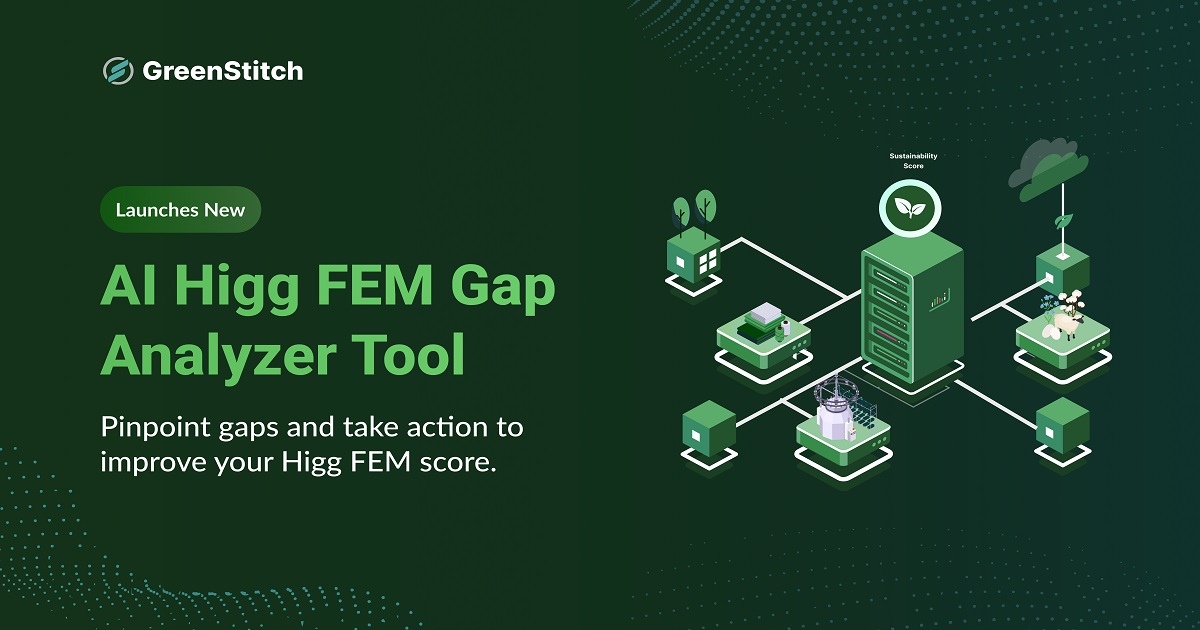
Lucknow Metro second phase gets Cabinet nod, 12 stations for Old City planned
NEW DELHI: The Union Cabinet on Tuesday approved Phase-1B of the Lucknow Metro Rail Project in Uttar Pradesh, giving the green light to an 11.165-km corridor with 12 stations, seven underground and five elevated, at a sanctioned cost of ₹5,801 crore. The decision, chaired by Prime Minister Narendra Modi, is expected to significantly enhance the city’s public transport network and benefit thousands of daily commuters.
New Corridor to Serve Old Lucknow
The Phase-1B alignment will pass through some of the most densely populated and historically significant areas of the state capital, many of which are currently underserved by modern public transport. Once completed, Lucknow Metro’s total operational length will increase to 34 km.
Officials said the corridor would connect commercial centres such as Aminabad, Yahiyaganj, Pandeyganj, and Chowk, which draw heavy footfall throughout the day. These markets are known for wholesale trade, retail shopping, and street food, attracting both residents and visitors.
Linking Healthcare, Heritage, and Tourism Spots
The project is also designed to improve access to critical healthcare facilities. King George’s Medical University (KGMU), one of the largest and busiest hospitals in Uttar Pradesh, will be directly served by the new line, making travel more convenient for patients, staff, and visitors.
On the tourism front, the metro will link prominent heritage sites including Bara Imambara, Chota Imambara, Bhool Bhulaiya, the Clock Tower, and Rumi Darwaza. All these landmarks are part of Lucknow’s Mughal-era and Nawabi heritage, drawing large numbers of domestic and international tourists every year. The improved connectivity is expected to benefit the city’s tourism economy and reduce road congestion around these attractions.
Focus on Reducing Congestion in Old City
Old Lucknow, with its narrow lanes and busy bazaars, often struggles with severe traffic bottlenecks, especially during peak hours and festive seasons. Officials believe Phase-1B will offer a fast, reliable alternative to road travel, easing pressure on main thoroughfares.
By shifting a significant portion of commuters from road to rail, authorities aim to shorten travel times, enhance road safety, and improve the overall flow of vehicles. The metro is also expected to reduce the need for personal vehicles in these areas, cutting parking demand in crowded localities.
Environmental and Economic Benefits
According to project planners, the metro’s electric-powered operations will contribute to a substantial reduction in carbon emissions when compared to conventional fuel-based transport. Reduced vehicular traffic could help improve air quality in the city, which regularly faces pollution challenges.
Economically, the project is likely to generate employment during the construction phase and later in operations, maintenance, and related services. Improved connectivity to commercial hubs may also encourage business growth and increase property values in the vicinity of metro stations.
Background of Lucknow Metro Expansion
Lucknow Metro’s Phase-1A — the North-South Corridor from Chaudhary Charan Singh International Airport to Munshipulia — is already operational, covering around 22.88 km. It has helped reduce travel times across the city and encouraged a shift towards public transport. Phase-1B is part of the city’s long-term transit master plan aimed at expanding coverage and improving last-mile connectivity.
The Uttar Pradesh Metro Rail Corporation (UPMRC) will implement the new phase. Sources indicated that the detailed project report (DPR) for Phase-1B had been under review for several months, with alignment and station locations finalised after multiple consultations with stakeholders.
Stations Planned Under Phase-1B
The 12 planned stations will include:
Seven underground: Chowk, Aminabad, Yahiyaganj, KGMU, Pandeyganj, and two others in high-density zones.
Five elevated: Serving the outskirts of the old city and connecting to existing metro lines.
Officials said station designs would reflect the cultural and historical character of the surrounding areas, while ensuring modern amenities such as lifts, escalators, CCTV surveillance, and digital ticketing facilities.
Funding and Implementation Timeline
The ₹5,801-crore investment will be funded through a mix of central and state government support, loans from international financial institutions, and other sources. While the exact timeline for completion will be finalised after tendering, officials expect construction to begin within the next year.
Large-scale metro projects typically require four to five years to complete, depending on the proportion of underground work, which is more time-intensive than elevated sections.
Anticipated Commuter Benefits
For commuters, Phase-1B promises a major cut in travel time between Old Lucknow and newer parts of the city. Tourists visiting heritage sites will have an option to bypass congested roads, while traders and shopkeepers in the old city are expected to benefit from increased footfall.
Public transport experts note that integrating metro services with city buses, e-rickshaws, and cycling tracks could further boost ridership and enhance last-mile connectivity.
A Step Towards Sustainable Urban Transport
Urban transport planners view the expansion as part of a broader shift towards sustainable mobility in Indian cities. By reducing reliance on private vehicles, metro networks can help tackle air pollution, lower greenhouse gas emissions, and make city travel safer and more predictable.
The Lucknow Metro Phase-1B project, once completed, is expected to reshape commuting patterns in the city and support the state’s push towards modern, eco-friendly infrastructure.
Lucknow Metro Phase-1B approved by the Cabinet.
— Ashwini Vaishnaw (@AshwiniVaishnaw) August 12, 2025
🚇 Charbagh to Vasant Kunj
🚇 Length: 11.2 km; Outlay: ₹5,801 crore
✅ Will ease traffic, reduce pollution & improve commute within the city. pic.twitter.com/KryrYEbAvA
Popular Categories
Read More Articles
Business
Polestar Analytics Raises $12.5M to Advance AI Capabilities & 1Platform for Converged Data Ecosystems by Awadh 360° Desk August 21, 2025Business
E20 is here: What India gains — and what motorists should watch out for? by Prateek Shukla August 16, 2025India
From Ballia to Michelin Stars: Chef Prajit Singh Blends Indian Tradition With Global Culinary Innovation by Awadh 360° Desk August 6, 2025Business
GreenStitch Unveils Free AI Tool to Streamline and Elevate Higg FEM Performance for Fashion Manufacturers by Awadh 360° Desk August 4, 2025



